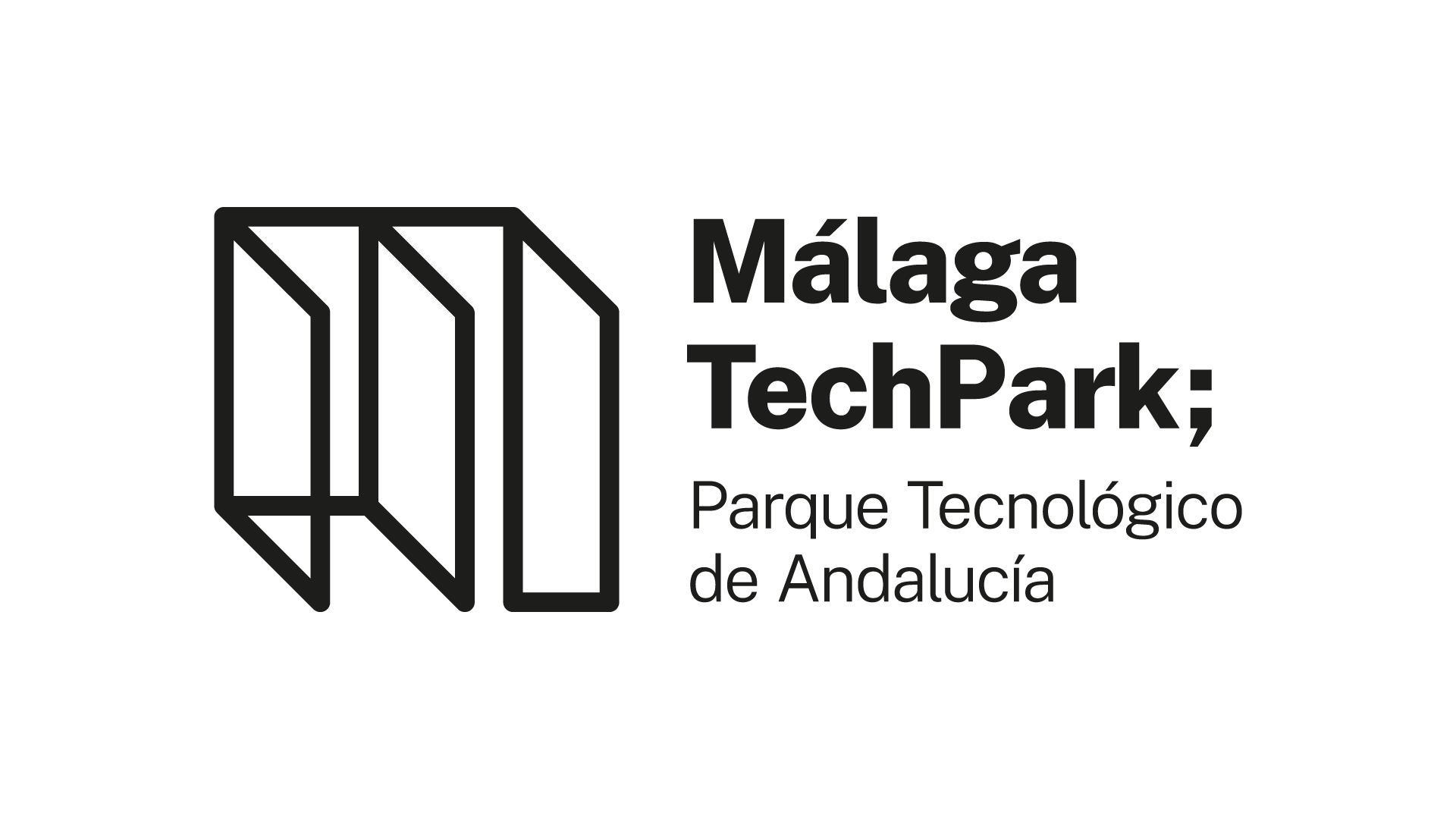Carolina España, minister of Economy, Finance and European Funds, highlights the Andalusian regional government’s commitment to the park as a “benchmark for innovation in Andalusia.
The park’s Board of Directors holds a meeting to analyse the park’s activity in the last months, including the visit of representatives from Saxony for the European chip alliance.
Málaga TechPark announced the start of the construction of the first building planned for the park’s expansion, which is being carried out by the company Guamar SA at a cost of 6,619,766.73 euros. The building will be located on plots I+D15 and I+D16. The construction company has 16 months to finish the construction, and it is now in the earth-moving stage.
Carolina España, minister of Economy, Finance and European Funds and president of Málaga TechPark, highlighted the Junta de Andalucía’s commitment (regional government of Andalusia) to investing in the park, considered a “benchmark for innovation in Andalusia.” This was one of the matters discussed at the meeting of the park’s board of directors, chaired by Carolina España, where they also talked over the park’s activity in the last months.
In addition to the awarding of the construction contract for the new building, the board of directors also discussed the visit to the German region of Saxony, which was attended by representatives of the Regional Ministry, Málaga TechPark, the University of Málaga (UMA) and Innova IRV, with the aim of building collaborations between the two regions in the field of microelectronics.
As a result, Andalusia joined the Alliance of European Semiconductor Regions, a network for the development of microelectronics and semiconductors or chip, which is part of the Chip Act that promotes the European Union.
On the other hand, they also discussed the visit to Málaga TechPark and to the University of Málaga by the rector of the University of the Philippines-Manila, Carmencita Padilla, which enabled an agreement to carry out academic and business promotion actions. The main objective of this agreement is to develop a number of training and business activities focusing on digitalisation, creativity and sustainability, among others.
Innova IRV’s activities
Málaga Techpark’s board of directors were also informed about the new developments of the Ricardo Valle Institute of Innovation Foundation (Innova IRV), such as the incorporation of the Eurocat technology centre as a collaborating entity of the foundation.
Furthermore, they also discussed the innovation ecosystem event called INNO-DAY, which focuses on creating new projects and ideas. The incorporation of Tinámica’s CEO, Enrique Serrano, to the executive board of the foundation as vice-president in the Industry 4.0 field was also a topic of discussion, as well as Innova IRV’s cooperation in Andalusia’s incorporation to the Alliance of European Semiconductor Regions.
The new edition of the Aptenisa program by the Association of Science and Technology Parks of Spain (APTE) and the National Innovation Company SA (ENISA) were also presented in the meeting. For this edition, Málaga TechPark will once again rely on the incubation units of BIC Euronova, CADE, Promálaga, the Polo de Contenidos Digitales, DayOne La Caixa and Rayo Verde – Link by UMA, which are key spaces for APTENISA projects to achieve their objectives.
Green hydrogen
Málaga TechPark’s joining in the Andalusian Green Hydrogen Alliance, set up on 29 March by the Junta de Andalucía, was also discussed in the meeting. This initiative seeks to contribute to the decarbonisation of the Andalusian economy and to strengthen its industry position as one of the pillars of Andalusia’s Green Revolution.
Málaga Techpark was already a member of the European Clean Hydrogen Alliance, whose aim is to promote hydrogen technologies, including the renewable and low-carbon hydrogen value chain, from its production to its transmission, taking into account sectors that are considered important due to their mobility and energy applications, among others.

